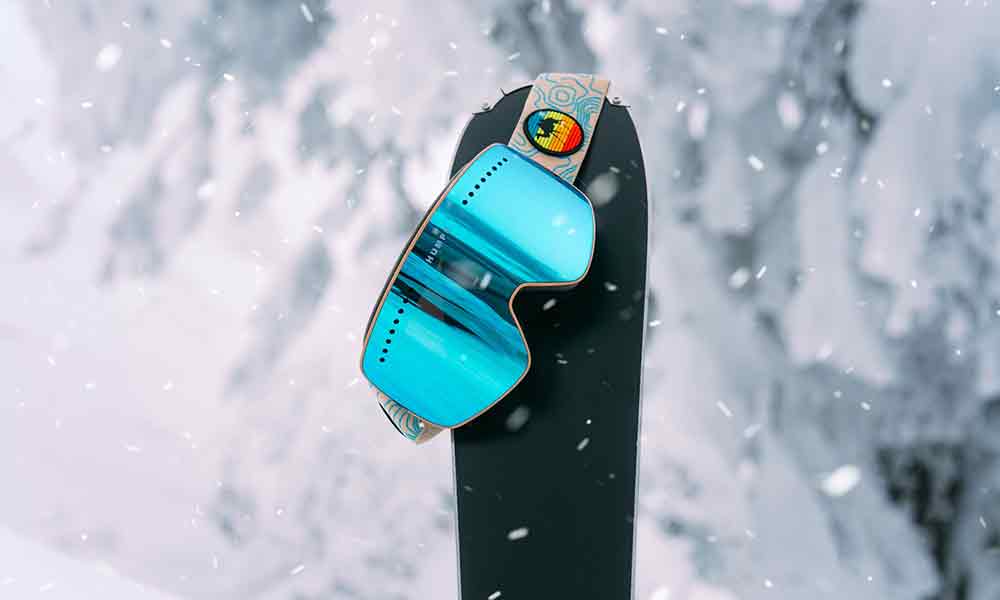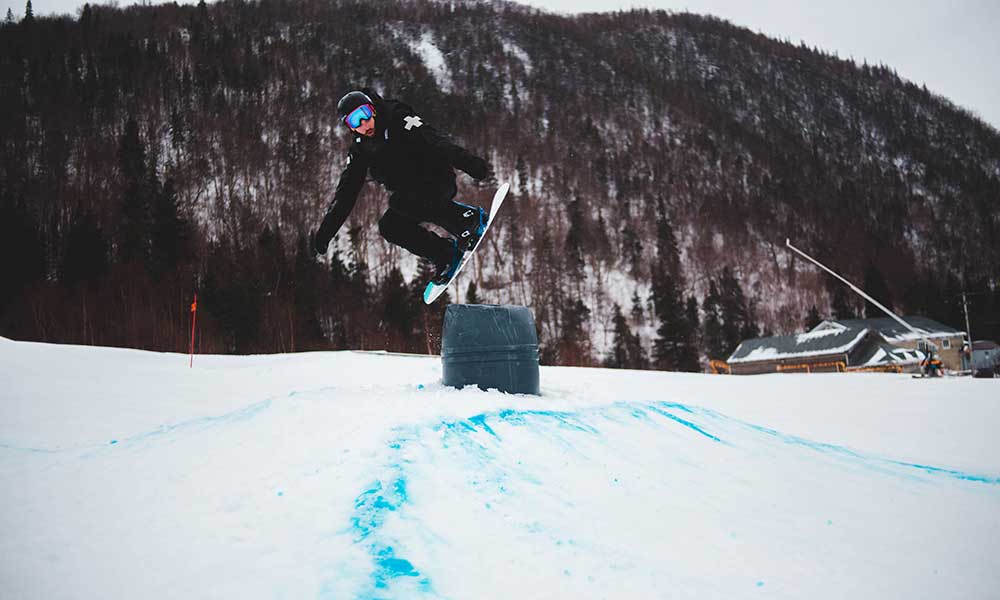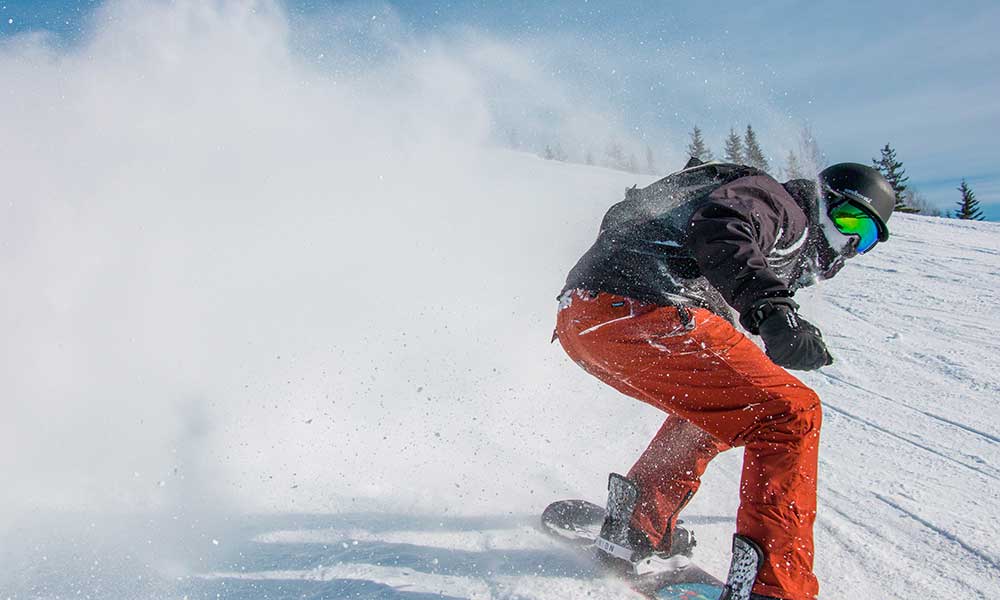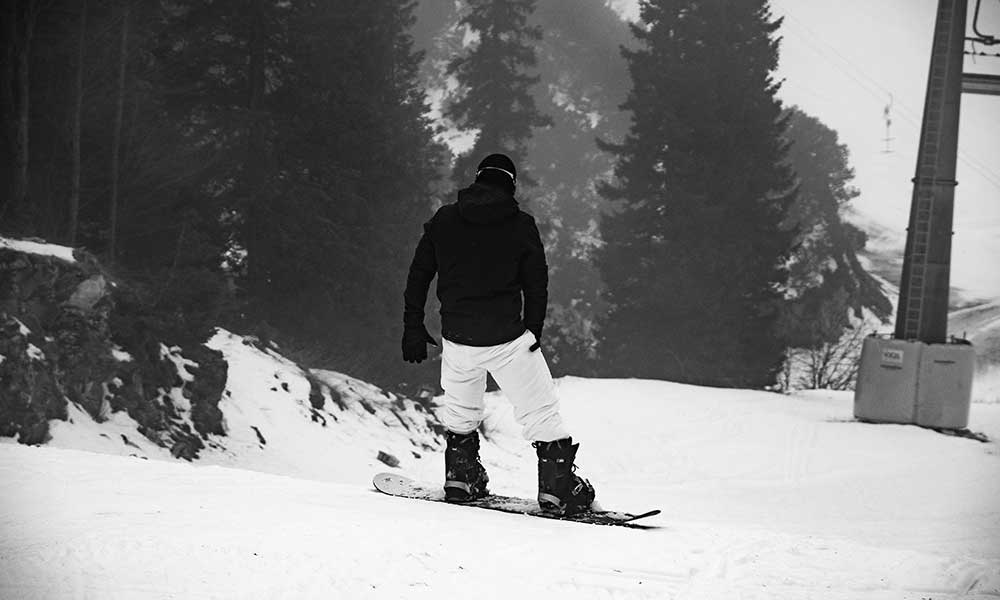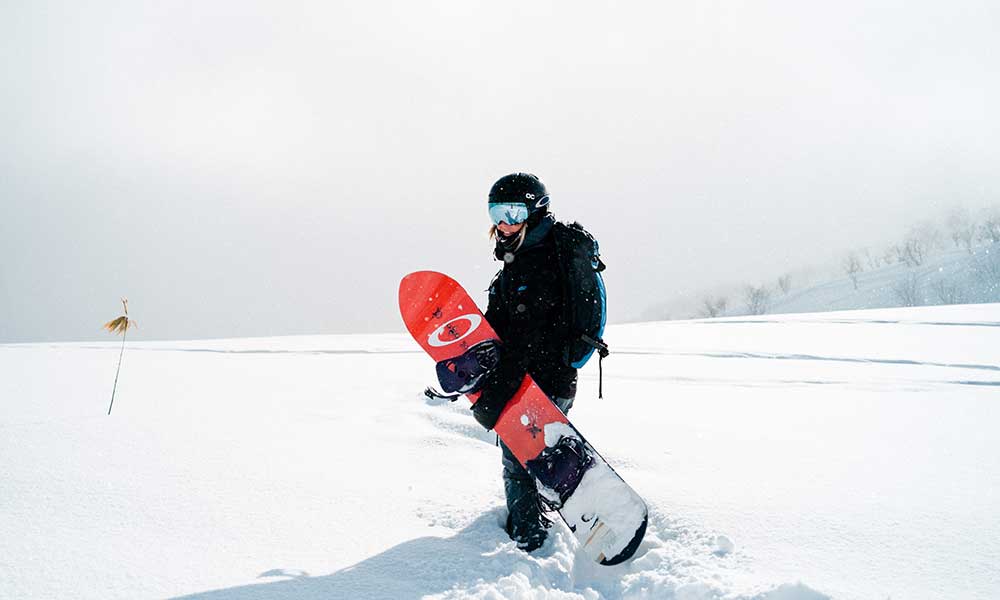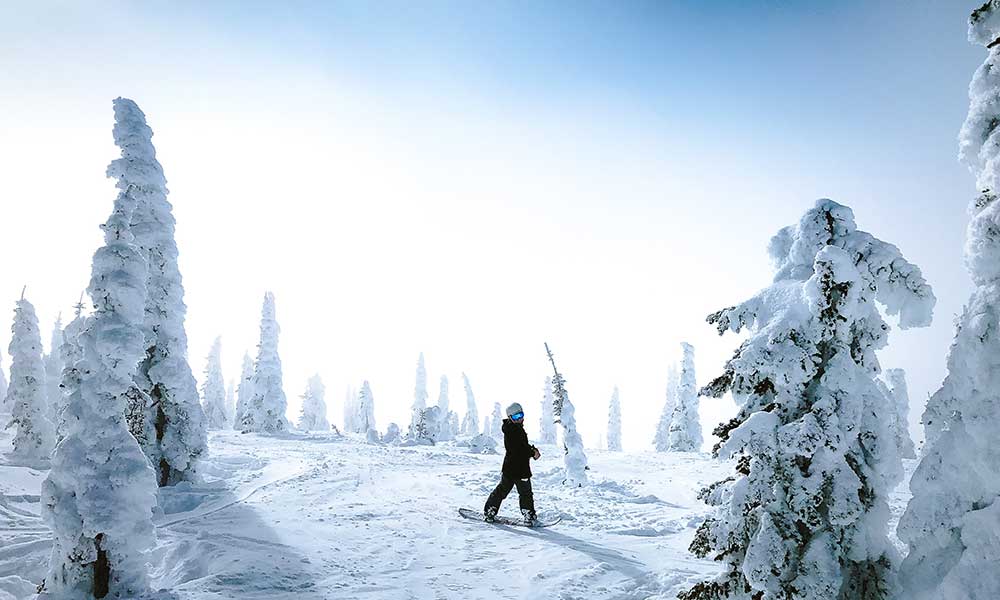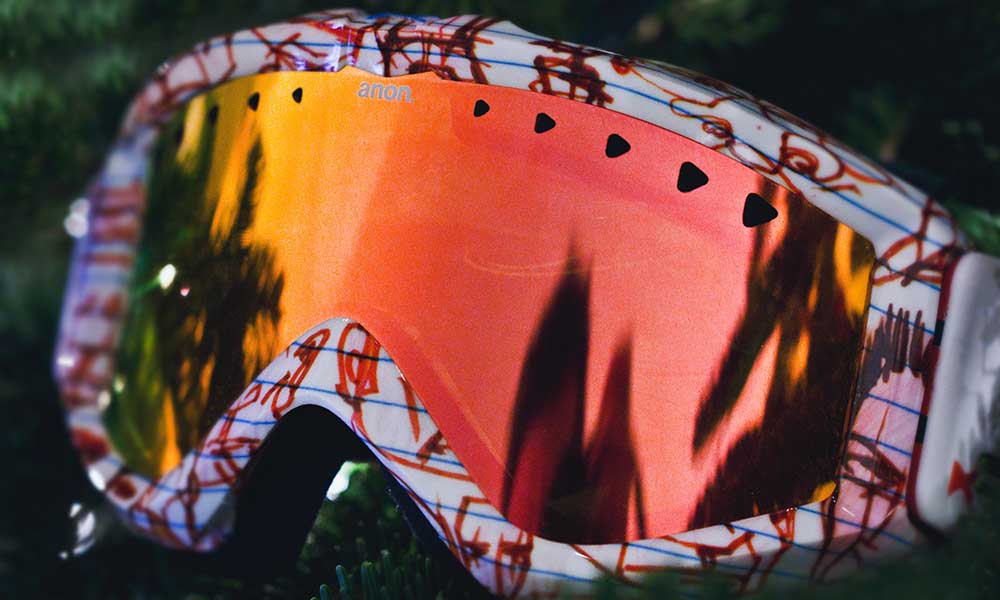Snowboard and ski goggles will protect you from the wind, the cold, and the snow.
They are an essential accessory and if you’re heading for the slopes, you’ll need to make sure that you have a pair of snowboard goggles with you.
But what type should you buy, what do you need in terms of goggle lens color, lens tint, and lens size?
Let’s take a look.
Types of Snowboard Goggles
Snowboard goggles and ski goggles are basically the same thing.
What’s good for one sport is also good for the other.
However, there are two different types of goggles, and the one you choose will come down to your budget and desired level of protection, with the goggle shape impacting your peripheral vision and dictating how much fogging and distortion there will be.
The two main types of snowboard goggles are as follows:
Cylindrical Lenses
Cylindrical lenses have a horizontal curve but they are flat vertically.
They are a relatively cheap option, although you’ll still need around $150 as snowboard goggles are far from a cheap accessory.
Cylindrical lenses have their limitations due to the flat verticality, but they offer strong performance at a respectable price point and are often to go-to lens type for beginner snowboarders and skiers.
Spherical Lenses
Spherical lenses have both a horizontal and vertical curve, giving these goggles a protruding “bubble” appearance.
Spherical lenses are generally considered to be the better option.
They provide the wearer with better peripheral vision and less glare. They also don’t fog as much.
Snowboard Goggle Lens Tint, Type, and Color
The lens color/tint of your goggles will dictate how good it is at filtering light and whether or not it matches your jacket and boots.
Obviously, protection comes before aesthetics, but style still plays a role.
Understanding Visible Light Transmission
Visible Light Transmission (VLT) is a percentage figure that describes how much light is being allowed through the lens.
Often expressed as a percentage (with higher numbers allowing more light), the amount that you need will depend on the light/visibility.
Low light lenses should range from around 60 to 90%, but if you’re riding on bright and sunny days, you’ll need something between 5 and 20%.
Of course, you don’t have to limit yourself to these two extremes and there is a middle ground.
The visibility is altered by changing the lens color.
Most manufacturers will tell you whether their snow goggle lenses are right for bright and sunny days, dull days, stormy days, and more.
Mirrored Lenses and Polarized Lenses
Goggles with mirrored lenses reflect more light and have much less glare than clear lenses but polarized lenses go one step further, greatly reducing glare and limiting eye fatigue as a result.
Anti-Fog Coating
In 2020 and 2021, we all became acquainted with face masks and the result was that many spectacle wearers were constantly fighting against fog.
It makes it difficult to see where you’re going, and that causes no end of problems.
Imagine how difficult it would be to snowboard or ski with that fog.
An anti-fog coating is used on goggles to reduce fog and clouding, ensuring you have clear lenses and unobstructed vision.
Photochromic Lenses
Some goggles have photochromic lenses which are also known as “transition lenses”.
They adapt to the levels of UV light, getting darker or lighter as needed.
In essence, the lens adapts to your surroundings and ensures that the tint is as strong as it needs to be.
What About UV Protection?
Regardless of the type of goggle lens, all snowboard goggles should offer 100% UV protection.
It’s a standard feature and one that is essential for keeping your eyes safe and protected.
What Color Lens Is Best For Bright Days?
Green lenses are best for both sunny and low-light, partly cloudy and overcast conditions.
Goggles with green lenses are some of the most versatile lenses for snowboarding.
Other Questions and Features to Consider
There are a few other things to consider when purchasing a pair of snowboarding goggles, including:
What Color Lens Is Best For Night Riding?
Clear lenses are going to be your best choice for snowboarding at night.
Are Cheap Snowboarding Goggles Good?
Price is one aspect of goggles, obviously.
If this is your first time snowboarding you may not want to spend a lot on goggles.
So, go be price conscious.
But, also get goggles that are going to fit you well and give you the features you need so you can concentrate on riding and not be distracted by your goggles the entire time.
Can I Wear Goggles Over My Glasses?
If you wear glasses, you have two options.
The first is to get fitted for prescription snow goggles.
Prescription goggles offer many of the same features and benefits and will also protect against harmful UV rays, but they will be made to your exact prescription.
The problem is that prescription snow goggles are much more expensive and might be out of your price range if you’re a novice snowboarder or skier.
You can also buy “over the glasses” goggles, also known simply as “OTG” goggles.
These snowboarding goggles are thicker and deeper, allowing them to fit snugly over your glasses.
How Do You Know If Ski Goggles Fit?
Goggles are not like prescription glasses.
They come with an adjustable strap and usually fit most wearers.
However, some of them may feel better than others. It’s important, therefore, to try them out before you buy them.
Drop by your local ski or snowboard shop to test some of their goggles and get a feel for the different frame sizes, straps, and comfort options.
How Do I Choose Snowboard Goggles?
Choosing a pair of snowboarding goggles can become a chore if you get caught up on all of the different features and options.
But most goggles will provide a high level of protection and visibility and goggle manufacturers make your life easier by telling you which weather types are most suitable.
With that said, you want to first define how much you want to spend on your goggles.
Secondly, choose 3 of the features (lens type, tint, color, mirror lenses, polarized lenses, etc) you are most interested and list them in order that you want them.
Now that you have a list of your must-have features and a price to work with, you are ready to start to narrow down your options and make a choice as to what the best goggles are for you.
Why Are Snowboard Goggles So Expensive?
Quality snowboard goggles costs more than cheaper goggles.
The material that goes into more expensive products is typical of higher quality.
It’s a get what you pay for scenario.
Can You Wear Sunglasses Snowboarding?
You can wear sunglasses while snowboarding, but it isn’t advised.
Goggles will provide you with more protection than sunglasses when snowboarding.
Additionally, there is a good chance you will lose your sunglasses after a fall or two when snowboarding.
Are Snowboard Goggles Necessary?
100%, you need goggles to snowboard! You need UV protection.
You need to be protected against the wind and the stone.
They can be expensive, but there is no excuse not to wear them.
Wearing goggles might seem a little uncomfortable and odd at first, but you get used to it very quickly.
There are also lots of affordable options out there.
And when you consider that you will still have peripheral vision, depth perception, and a clear view, there’s no reason to give them a miss.

